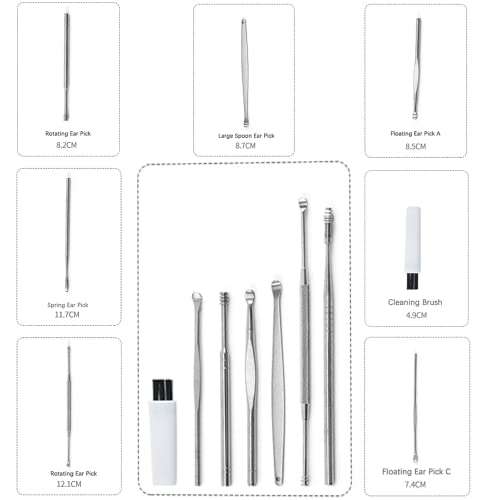

People of African or European descent, for example, have wax that’s moist and gooey, while most Asians have dry, flaky earwax. In fact, the wax of diabetic people is less acidic, making them more vulnerable to ear infections. That waxy component is slightly acidic, so it “creates an unfriendly environment” for the bacteria and fungus that tend to develop in the moist, dark environment of the inner ear, says Yu-Lan Mary Ying, M.D., an otolaryngologist–head and neck surgeon affiliated with Rutgers New Jersey Medical School in Newark. Indeed, earwax acts as a protective lubricant that coats the ear canal, repelling water and preventing the skin from drying out.

“When ears are making the right amount of wax, it’s actually the sign of a healthy ear,” says Anh Nguyen-Huynh, M.D., an ENT-otolaryngologist affiliated with Cleveland Clinic.

Eventually, when the waxy mixture reaches the outside of the ear, it typically flakes off. Jaw movements, such as talking and chewing, help move things along.Įarwax on its own isn’t bad. “These secretions keep a flow going away from the eardrum toward the opening of the ear, catching dead skin cells, tiny hairs that line the ear canal and other types of microscopic debris along the way,” explains Mark Vaughan, M.D., a family physician and medical director at Auburn Medical Group in Auburn, California. A small amount of earwax regularly migrates from deep in the ear canal to the outside of the ear - acting as a kind of conveyor belt - carrying a lot of bad stuff along with it. So what, exactly, is this stuff? Well, earwax - the medical term is cerumen - is a waxy oil secreted by the tiny sebaceous and sweat glands that line the walls of the outer ear canal.
Diy ear wax removal how to#
Knowing how to control that gunk will allow you to hear better and prevent infections, earaches and more. It may be something icky that you’d rather not think about, but earwax is a perfectly normal bodily secretion and a fact of life.


 0 kommentar(er)
0 kommentar(er)
